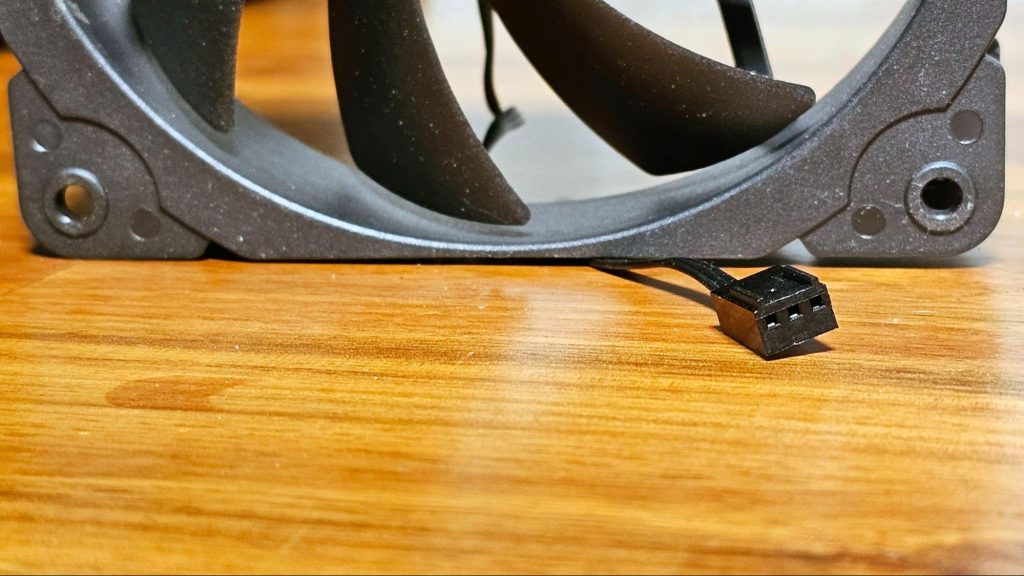Optimizing a cooling setup by integrating both PWM and DC fans can significantly enhance overall system performance and efficiency. By leveraging the unique advantages of each fan type, a more flexible and responsive cooling environment is created. This allows the system to maintain optimal airflow and reduce unnecessary power consumption during low cooling demand periods. On the other hand, DC fans provide straightforward voltage-based speed control, often resulting in simpler integration and cost efficiency. Combining these two technologies in a single cooling configuration ensures both fine-tuned regulation and reliable baseline airflow. When designing a combined cooling system, it is essential to strategically position PWM and DC fans according to their strengths. PWM fans are best suited for zones requiring highly responsive and variable airflow, such as areas with sensitive components that experience fluctuating heat levels. Their ability to ramp up speed precisely as needed helps prevent overheating while minimizing noise.

Meanwhile, DC fans can be employed in sections where a consistent airflow is adequate, providing steady cooling without the need for rapid adjustments. This balanced approach ensures that cooling resources are allocated effectively, reducing energy waste and improving system longevity. Another critical aspect of integrating pwm vs dc fan is the management of their control signals. Modern cooling setups can utilize dedicated fan controllers or motherboard fan headers that support both PWM and DC modes. This enables the system to independently monitor temperature sensors and adjust each fan type accordingly. By programming custom fan curves, the cooling profile can be optimized to balance performance and acoustics, ensuring that fans spin faster only when necessary. This tailored approach not only enhances thermal management but also contributes to a quieter operating environment, which is increasingly important for users in noise-sensitive settings. The combination of PWM and DC fans also allows for scalability and adaptability in cooling system design.
As system demands evolve whether through hardware upgrades or changes in workload the cooling setup can be modified by adjusting fan types or their control parameters. For instance, additional PWM fans can be introduced in hotspots to improve targeted cooling, while DC fans can maintain consistent airflow in less critical areas. This modularity supports long-term maintenance and upgrades without requiring a complete overhaul of the cooling infrastructure, making it a practical solution for a wide range of applications from gaming rigs to industrial equipment. Energy efficiency is another benefit that arises from blending PWM and acdcecfan in a cooling solution. PWM fans inherently consume less power at lower speeds due to their method of speed regulation, which helps reduce overall energy usage when full cooling capacity is unnecessary. DC fans, while simpler, can be controlled through voltage adjustments to further fine-tune power consumption. By coordinating the operation of both fan types, the system can minimize electricity usage without compromising cooling effectiveness.

Comments are closed, but trackbacks and pingbacks are open.